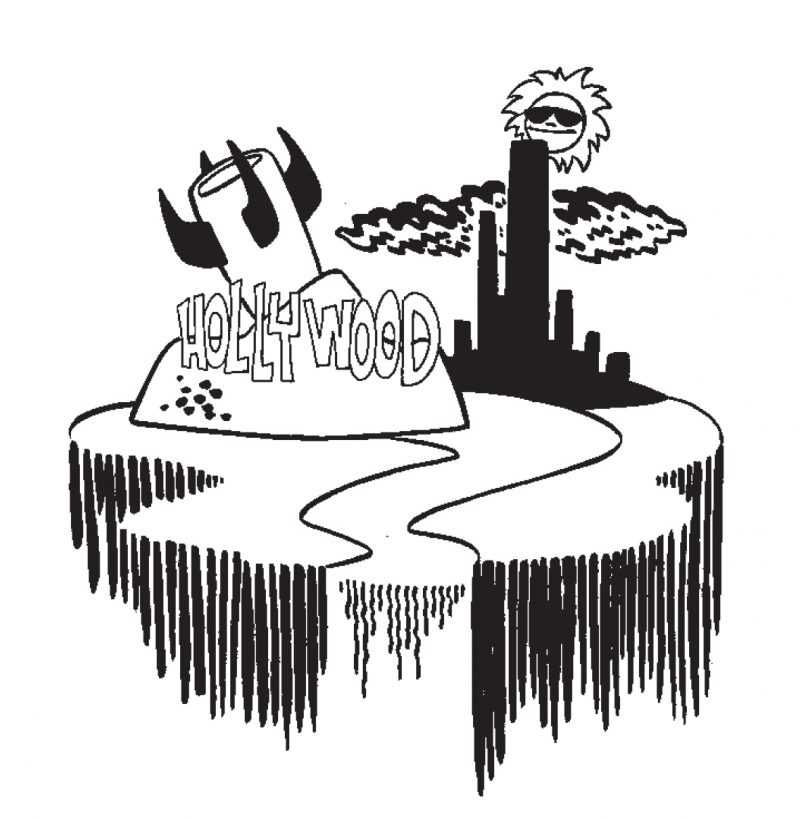When Steve Erickson’s first novel, Days Between Stations, was published in 1985, it arrived armed with something that would make any innovative first-time novelist’s mouth water: a blurb from the elusive and mysterious writer Thomas Pynchon—a mark of distinction that Don DeLillo had to wait ten books to receive. Erickson’s second book, Rubicon Beach (1986), was a New York Times notable book; his third, Tours of the Black Clock (1989), was listed by The Village Voice as one of the top ten books of the year. A few years and many positive reviews later, U.S. News and World Report (not the most elite literary magazine, but that’s exactly the point—if he was on their radar he should have been on everyone else’s as well) dubbed Erickson “The American writer to watch in the 1990s.” It seemed Erickson had arrived, and if his publisher’s blurbs were to be believed, he was destined to have the same kind of major career as so-called “postmodern writers” such as Pynchon and DeLillo.
But somehow, though Erickson continued to receive glowing, even rapturous reviews, he was never spoken of with the same reverence as those other Big Boys of Postmodernism. Indeed, for the last ten years, Erickson has remained the postmodern author who’s always about to gain prominence but who never quite does—always the postmodern bridesmaid, never the postmodern bride. Avon, the publisher of his most recent novel, The Sea Came in at Midnight (1999), in an attempt to bring him up to the top of the heap at last, calls Erickson “a visionary novelist whose time has come” and “the secret heir to Pynchon and DeLillo.” Four years after The Sea Came in at Midnight was first published, Erickson remains a little-known writer whose fans rabidly push him onto readers who have never heard of him.
Why hasn’t his time come? His encouraging critical reception certainly fails to explain it. Are DeLillo and Pynchon hogging all the space at the top of the postmodern heap reserved for white males? Maybe, though both DeLillo and Pynchon are fairly long in the tooth by now, and surely they’re willing to provide room for someone described as their “secret heir.” Perhaps the problem is that Erickson simply doesn’t mesh with what readers have been taught to expect from their white male postmodernists.
What do readers expect? It may be that having a Pynchon blurb on your first book is as much a curse as it is a blessing. For Erickson, the result was certainly mixed; it categorized him as “postmodern” and ensured that wherever he was mentioned,...
You have reached your article limit
Sign up for a digital subscription and continue reading all new issues, plus our entire archives, for just $1.50/month.
Already a subscriber? Sign in





